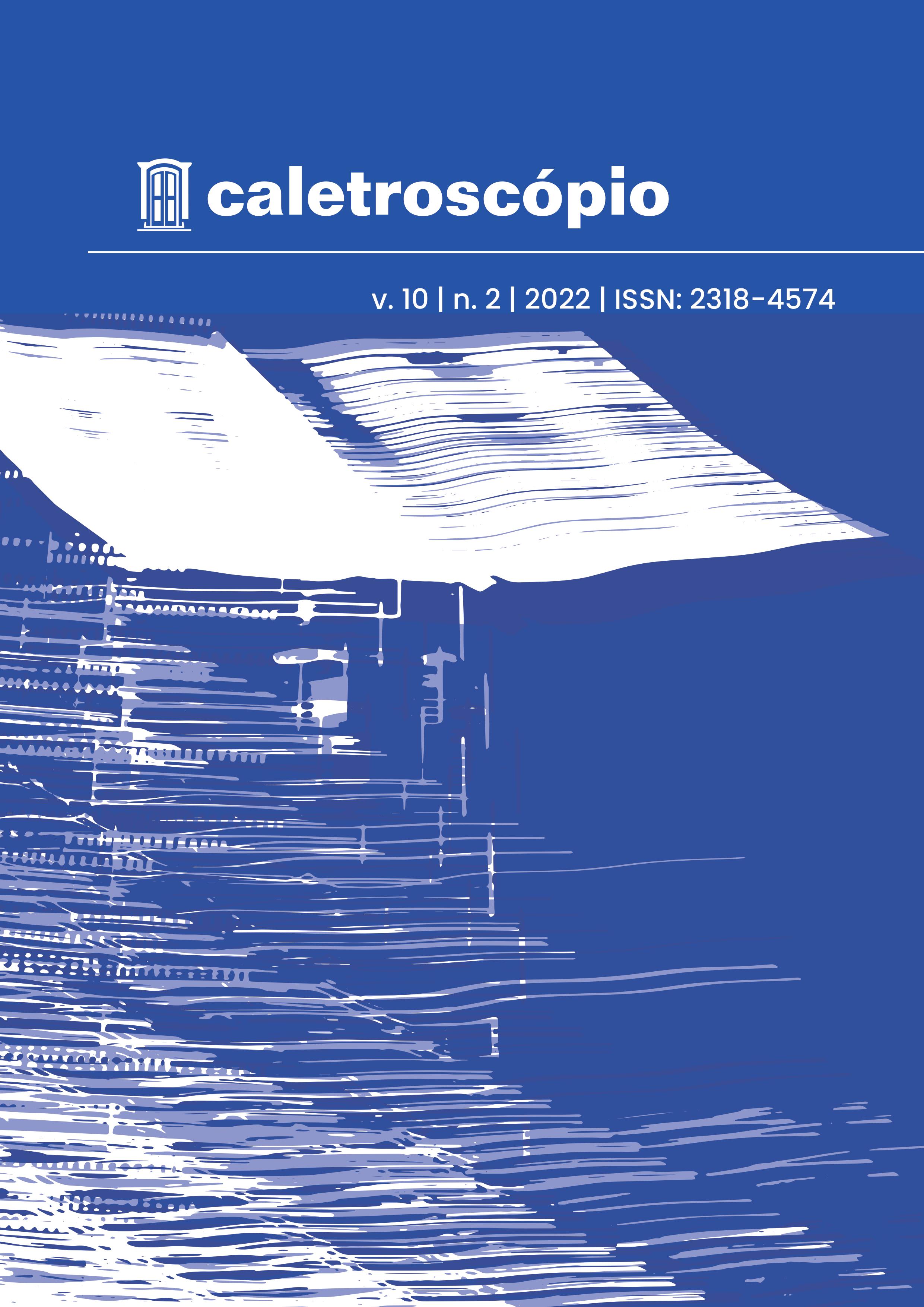Nonnative early bilingualism in Brazilian families:
a case study
Abstract
This case study presents, assesses, and discusses the phenomenon of nonnative bilingualism in Brazil. Nonnative bilingualism consists of raising a child in a foreign language by parents who are not native speakers of that language, and live in an environment where the given language is not spoken, i.e. Brazilian parents living in Brazil raising their child/ren in English. Twenty-four families, who have adopted this practice, participated in this study by answering an online questionnaire. The results were analyzed against the background of bilingualism theories based on Pearson (2008), Grosjean (2010), Byers-Heinlein & Lew-Williams (2013), Baker (2014), Grosjean & Byers-Heinlein (2018), and Romanowski (2018). The discussion involves the parents’ role in the child’s language acquisition, the communicative strategies used by them,
the problems found in the process, and recommendations for those willing to adopt the nonnative bilingualism.
Downloads
References
BAKER, Colin. A Parents’ and Teachers’ Guide to Bilingualism. Bristol: Multilingual Matters, 2014.
BYERS-HEINLEIN, Krista. Parental language mixing: Its measurement and the relation of mixed input to young bilingual children’s vocabulary size. Bilingualism: Language and Cognition, Cambridge, 16(1), p. 32-48, 2013. DOI: https://doi.org/10.1017/S1366728912000120
BYERS-HEINLEIN, Krista; LEW-WILLIAMS, Casey. Bilingualism in the Early Years: What the Science Says. LEARNing Landscapes, 7(1), p. 95-112, 2013 DOI: https://doi.org/10.36510/learnland.v7i1.632
CRYSTAL, David. English as a Global Language (Second edition). Cambridge: Cambridge University Press, 2003.
DE HOUWER, Annick. Parental language input patterns and children’s bilingual use. Applied Psycholinguistics, 28(3), p. 411-424, 2007. DOI: https://doi.org/doi:10.1017/s0142716407070221
DE HOUWER, Annick. Bilingual first language acquisition. Bristol: Multilingual Matters, 2009.
GROSJEAN, François. Neurolinguists, beware! The bilingual is not two monolinguals in one person. Brain and Language, 36(1), p. 3-15, jan. 1989. Available from: https://doi.org/10.1016/0093-934x(89)90048-5.
GROSJEAN, François. Life with two languages. Cambridge: Harvard University Press, 2001.
GROSJEAN, François. Bilingual: Life and Reality. Cambridge: Harvard University Press, 2010.
GROSJEAN, François; BYERS-HEINLEIN, Krista. The Listening Bilingual: Speech Perception, Comprehension, and Bilingualism. Oxford: Wiley-Blackwell, 2018.
LOZANO-MARTÍNEZ, Laura. Myths and challenges on raising bilingual children in English by non-native parents in Spain. Elia, 19, p. 235-264, 2019. Available from: https://doi.org/10.12795/elia.mon.2019.i1.10.
PEARSON, Barbara Zurer. Raising a bilingual child: A step-by-step guide for parents. Kindle Edition. New York: Living Language, 2008.
PLACE, Silvia; HOFF, Erika. Properties of dual language exposure that influence 2-year-olds’ bilingual proficiency. Child development, 82(6), p. 1834–1849, 2011. DOI: https://doi.org/10.1111/j.1467-8624.2011.01660.x
ROMANOWSKI, Piotr. Strategies of communication in an NNB Family: on the way to bilingual maintenance in a monolingual context. In: Romanowski, P., Jedynak, M. (eds) Current Research in Bilingualism and Bilingual Education. Springer, Cham: Multilingual Education, 26, p. 3-21, 2018. DOI: https://doi.org/10.1007/978-3-319-92396-3_1
SCHMITZ, John Robert. “To ELF or not to ELF?” (English as a Lingua Franca): that’s the question for Applied Linguistics in a globalized world. Revista Brasileira de Linguística Aplicada, 12(2), p. 249–284, 2012. ttps://doi.org/10.1590/s1984-63982012000200003
SZRAMEK-KARCZ, Sonia. The Success of Non-Native Bilingualism in Poland. Lingwistyka Stosowana, vol. 17, p. 93–102, 2016. DOI: https://doi.org/10.32612/uw.20804814.2016.2.pp.93-102
The publication Caletroscopio shall retain for a period of three years all authorial rights for works accepted for publication: articles, reviews, translations, etc. Outside this restriction, these works are licenced through Licença Creative Commons-Atribuição-NãoComercial-SemDerivações 4.0 Internacional.
Upon expiry of this period, in the event that the author publishes the text, even when making alterations to the original, we would ask authors to include as a footnote, the information that a previous version of the article was published in the Revista Caletroscópio, citing the appropriate references.


